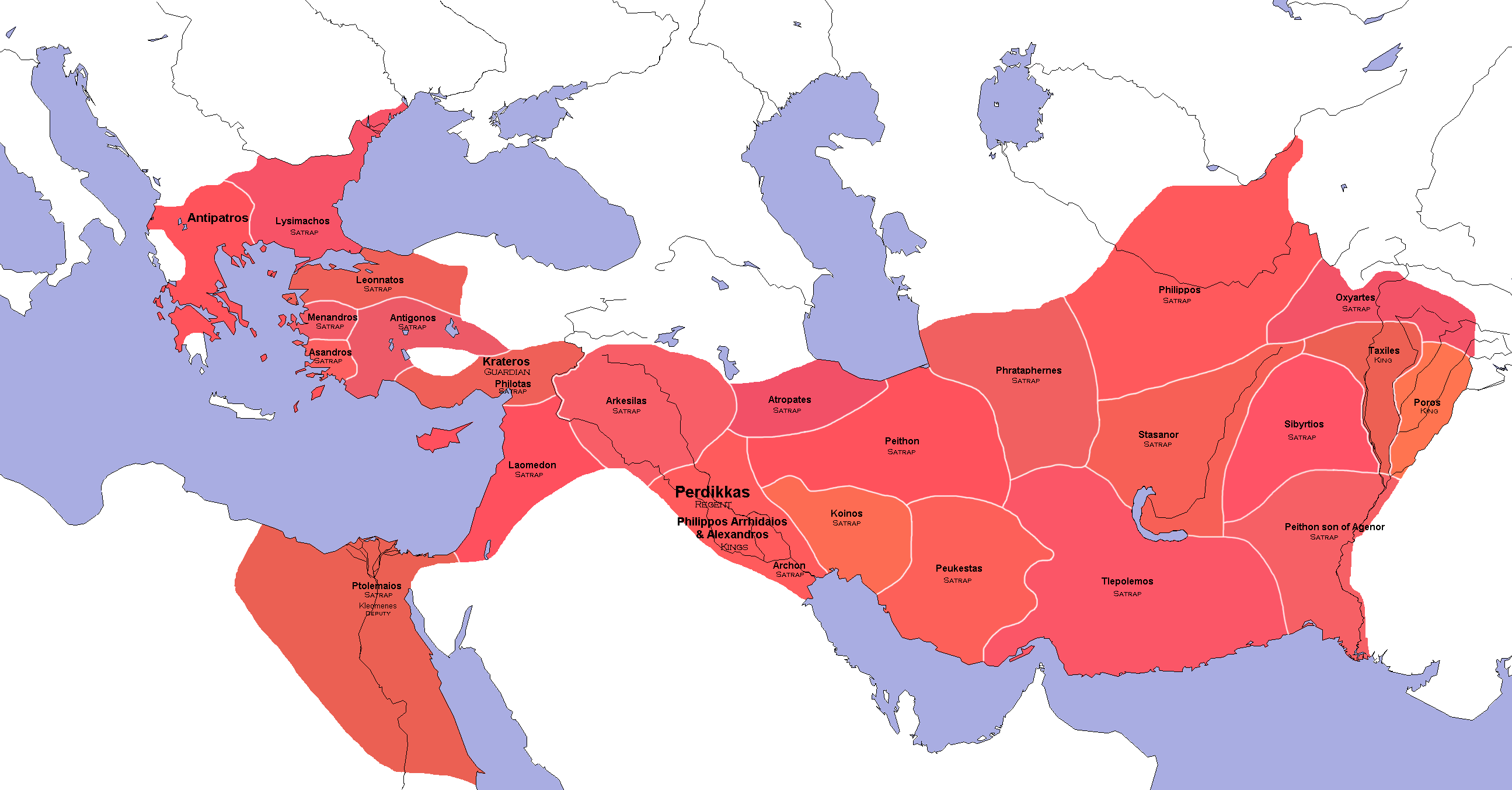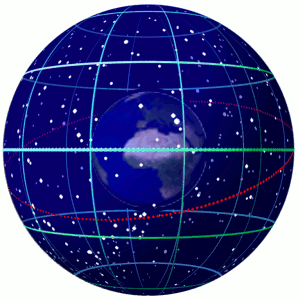|
De Rerum Natura
''De rerum natura'' (; ''On the Nature of Things'') is a first-century BC didactic poem by the Roman poet and philosopher Lucretius ( – c. 55 BC) with the goal of explaining Epicurean philosophy to a Roman audience. The poem, written in some 7,400 dactylic hexameters, is divided into six untitled books, and explores Epicurean physics through poetic language and metaphors. Greenblatt (2011). Namely, Lucretius explores the principles of atomism; the nature of the mind and soul; explanations of sensation and thought; the development of the world and its phenomena; and explains a variety of celestial and terrestrial phenomena. The universe described in the poem operates according to these physical principles, guided by ''fortuna'' ("chance"), and not the divine intervention of the traditional Roman deities. Background To the Greek philosopher Epicurus, the unhappiness and degradation of humans arose largely from the dread which they entertained of the power of the deities, from ... [...More Info...] [...Related Items...] OR: [Wikipedia] [Google] [Baidu] |
Pope Sixtus IV
Pope Sixtus IV ( it, Sisto IV: 21 July 1414 – 12 August 1484), born Francesco della Rovere, was head of the Catholic Church and ruler of the Papal States from 9 August 1471 to his death in August 1484. His accomplishments as pope included the construction of the Sistine Chapel and the creation of the Vatican Library. A patron of the arts, he brought together the group of artists who ushered the Early Renaissance into Rome with the first masterpieces of the city's new artistic age. Sixtus founded the Spanish Inquisition through the bull ''Exigit sincerae devotionis affectus'' (1478), and he annulled the decrees of the Council of Constance. He was noted for his nepotism and was personally involved in the infamous Pazzi conspiracy. Early life Francesco was born to a family of modest means from Liguria, Italy, the son of Leonardo della Rovere and Luchina Monleoni. He was born in Celle Ligure, a town near Savona. As a young man, Della Rovere joined the Franciscan Order, ... [...More Info...] [...Related Items...] OR: [Wikipedia] [Google] [Baidu] |
Epicurus
Epicurus (; grc-gre, Ἐπίκουρος ; 341–270 BC) was an ancient Greek philosopher and sage who founded Epicureanism, a highly influential school of philosophy. He was born on the Greek island of Samos to Athenian parents. Influenced by Democritus, Aristippus, Pyrrho, and possibly the Cynics, he turned against the Platonism of his day and established his own school, known as "the Garden", in Athens. Epicurus and his followers were known for eating simple meals and discussing a wide range of philosophical subjects. He openly allowed women and slaves to join the school as a matter of policy. Of the over 300 works said to have been written by Epicurus about various subjects, the vast majority have been destroyed. Only three letters written by him—the letters to ''Menoeceus'', ''Pythocles'', and ''Herodotus''—and two collections of quotes—the ''Principal Doctrines'' and the ''Vatican Sayings''—have survived intact, along with a few fragments of his other writing ... [...More Info...] [...Related Items...] OR: [Wikipedia] [Google] [Baidu] |
Religion In Ancient Rome
Religion in ancient Rome consisted of varying imperial and provincial religious practices, which were followed both by the people of Rome as well as those who were brought under its rule. The Romans thought of themselves as highly religious, and attributed their success as a world power to their collective piety ''(pietas)'' in maintaining Pax deorum, good relations with the gods. Their Polytheism, polytheistic religion is known for having honored List of Roman deities, many deities. The presence of Magna Graecia, Greeks on the Italian peninsula from the beginning of the historical period influenced Culture of ancient Rome, Roman culture, introducing some religious practices that became fundamental, such as the ''Cult (religious practice), cultus'' of Apollo. The Romans looked for common ground between their major gods and those of the Greeks (''interpretatio graeca''), adapting Greek mythology, Greek myths and iconography for Latin literature and Roman art, as the Etruscans h ... [...More Info...] [...Related Items...] OR: [Wikipedia] [Google] [Baidu] |
Universe
The universe is all of space and time and their contents, including planets, stars, galaxies, and all other forms of matter and energy. The Big Bang theory is the prevailing cosmological description of the development of the universe. According to this theory, space and time emerged together ago, and the universe has been expanding ever since the Big Bang. While the spatial size of the entire universe is unknown, it is possible to measure the size of the observable universe, which is approximately 93 billion light-years in diameter at the present day. Some of the earliest cosmological models of the universe were developed by ancient Greek and Indian philosophers and were geocentric, placing Earth at the center. Over the centuries, more precise astronomical observations led Nicolaus Copernicus to develop the heliocentric model with the Sun at the center of the Solar System. In developing the law of universal gravitation, Isaac Newton built upon Copernicus's work as well ... [...More Info...] [...Related Items...] OR: [Wikipedia] [Google] [Baidu] |
Earth
Earth is the third planet from the Sun and the only astronomical object known to harbor life. While large volumes of water can be found throughout the Solar System, only Earth sustains liquid surface water. About 71% of Earth's surface is made up of the ocean, dwarfing Earth's polar ice, lakes, and rivers. The remaining 29% of Earth's surface is land, consisting of continents and islands. Earth's surface layer is formed of several slowly moving tectonic plates, which interact to produce mountain ranges, volcanoes, and earthquakes. Earth's liquid outer core generates the magnetic field that shapes the magnetosphere of the Earth, deflecting destructive solar winds. The atmosphere of the Earth consists mostly of nitrogen and oxygen. Greenhouse gases in the atmosphere like carbon dioxide (CO2) trap a part of the energy from the Sun close to the surface. Water vapor is widely present in the atmosphere and forms clouds that cover most of the planet. More solar e ... [...More Info...] [...Related Items...] OR: [Wikipedia] [Google] [Baidu] |
Celestial Sphere
In astronomy and navigation, the celestial sphere is an abstract sphere that has an arbitrarily large radius and is concentric to Earth. All objects in the sky can be conceived as being projected upon the inner surface of the celestial sphere, which may be centered on Earth or the observer. If centered on the observer, half of the sphere would resemble a hemispherical screen over the observing location. The celestial sphere is a conceptual tool used in spherical astronomy to specify the position of an object in the sky without consideration of its linear distance from the observer. The celestial equator divides the celestial sphere into northern and southern hemispheres. Introduction Because astronomical objects are at such remote distances, casual observation of the sky offers no information on their actual distances. All celestial objects seem equally far away, as if fixed onto the inside of a sphere with a large but unknown radius, which appears to rotate westward o ... [...More Info...] [...Related Items...] OR: [Wikipedia] [Google] [Baidu] |
World
In its most general sense, the term "world" refers to the totality of entities, to the whole of reality or to everything that is. The nature of the world has been conceptualized differently in different fields. Some conceptions see the world as unique while others talk of a "plurality of worlds". Some treat the world as #Monism and pluralism, one simple object while others analyze the world as a complex made up of many parts. In ''#Scientific cosmology, scientific cosmology'' the world or universe is commonly defined as "[t]he totality of all space and time; all that is, has been, and will be". ''#Theories of modality, Theories of modality'', on the other hand, talk of possible worlds as complete and consistent ways how things could have been. ''#Phenomenology, Phenomenology'', starting from the horizon of co-given objects present in the periphery of every experience, defines the world as the biggest horizon or the "horizon of all horizons". In ''#Philosophy of mind, philosop ... [...More Info...] [...Related Items...] OR: [Wikipedia] [Google] [Baidu] |
Thought
In their most common sense, the terms thought and thinking refer to conscious cognitive processes that can happen independently of sensory stimulation. Their most paradigmatic forms are judging, reasoning, concept formation, problem solving, and deliberation. But other mental processes, like considering an idea, memory, or imagination, are also often included. These processes can happen internally independent of the sensory organs, unlike perception. But when understood in the widest sense, any mental event may be understood as a form of thinking, including perception and unconscious mental processes. In a slightly different sense, the term ''thought'' refers not to the mental processes themselves but to mental states or systems of ideas brought about by these processes. Various theories of thinking have been proposed, some of which aim to capture the characteristic features of thought. ''Platonists'' hold that thinking consists in discerning and inspecting Platonic forms and t ... [...More Info...] [...Related Items...] OR: [Wikipedia] [Google] [Baidu] |
Sense
A sense is a biological system used by an organism for sensation, the process of gathering information about the world through the detection of Stimulus (physiology), stimuli. (For example, in the human body, the brain which is part of the central nervous system receives signals from the senses which continuously receive information from the environment, interprets these signals, and causes the body to respond, either chemically or physically.) Although traditionally five human senses were identified as such (namely Visual perception, sight, Olfaction, smell, Somatosensory system, touch, taste, and hearing), it is now recognized that there are many more. Senses used by non-human organisms are even greater in variety and number. During sensation, sense organs collect various stimuli (such as a sound or smell) for Transduction (physiology), transduction, meaning transformation into a form that can be understood by the brain. Sensation and perception are fundamental to nearly every ... [...More Info...] [...Related Items...] OR: [Wikipedia] [Google] [Baidu] |






.jpg)
